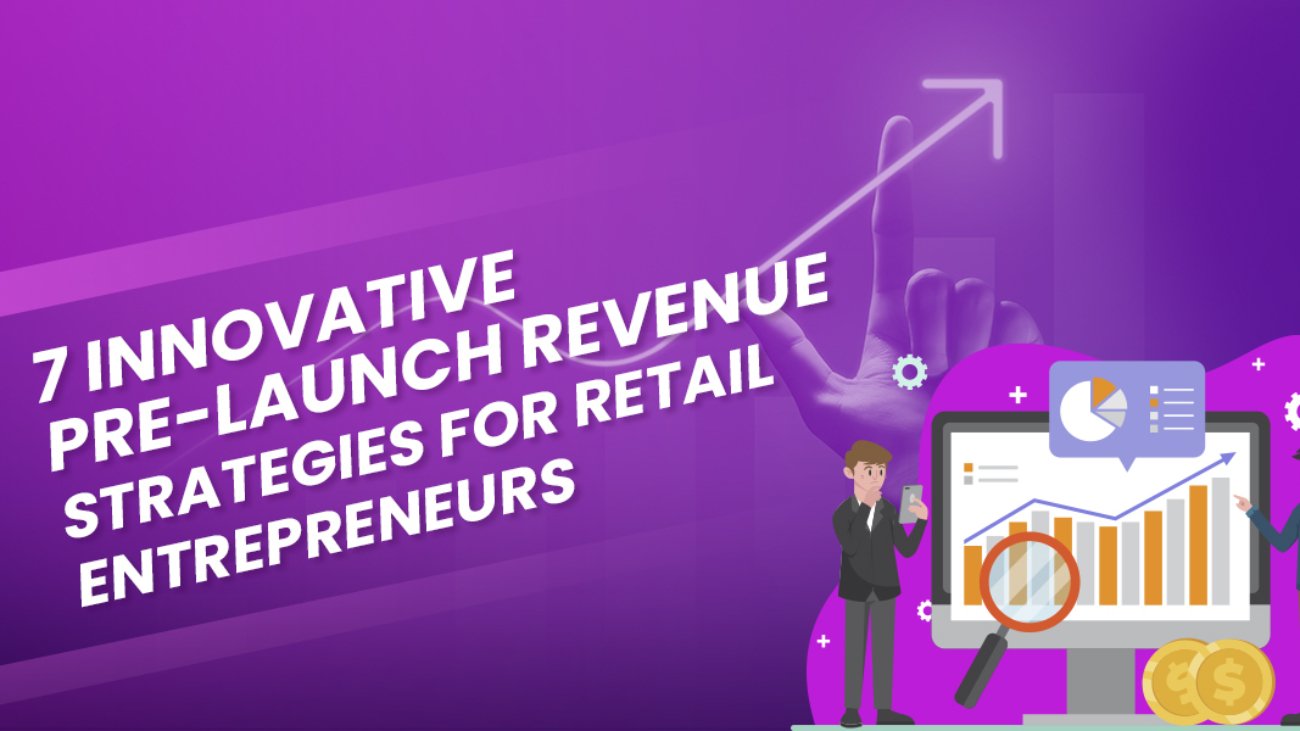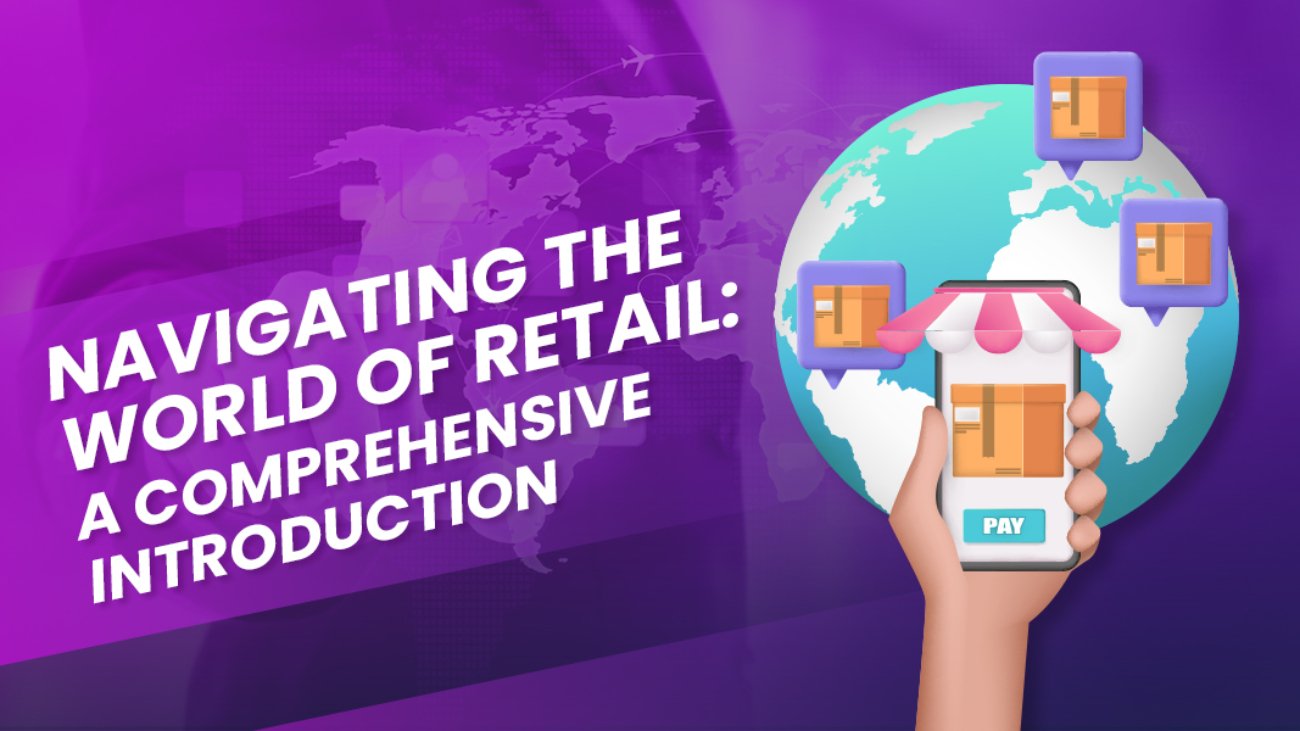Opening a new retail store marks the transition from concept to reality, bringing with it a whirlwind of excitement and challenges. The journey from ideation to the grand unveiling is not only thrilling but also financially taxing. However, the pre-launch phase offers untapped opportunities to generate revenue and create a buzz around your upcoming store. This article explores seven innovative strategies to kickstart your cash flow before the doors officially open, leveraging the question many aspiring entrepreneurs ask: “how do I start my own online store?”
- Engage Customers During Setup
Transform construction downtime into a unique customer engagement opportunity. By allowing potential customers to visit and browse a select range of products during the setup phase, you provide a behind-the-scenes look at your store’s progress. This approach not only generates immediate cash flow but also strengthens customer relationships by involving them in your store’s journey from the outset.
- Launch an Online Presence
Establishing an online store is a powerful step toward building your customer base and securing pre-launch revenue. An online storefront allows you to showcase your products, offer exclusive pre-opening deals, and sell gift cards redeemable in-store. This platform ensures a seamless integration of your physical and digital retail spaces, setting the stage for sustained success beyond your opening day.
- Pop-Up Shops and Local Events
Capitalise on pop-up shops, markets, and local events to introduce your brand to the community. These temporary setups provide a flexible, low-cost avenue to test your products, gather feedback, and generate sales. By participating in local events, you not only increase brand visibility but also build anticipation for your store’s official launch.
- Wholesale Distribution to Local Retailers
Partnering with local businesses for wholesale distribution can be a strategic move to boost your cash flow and brand recognition. Selling a selection of your products to established retailers allows you to reach a broader audience and validate your product offering in the market. This collaborative approach fosters community ties and lays a solid foundation for your retail venture.
- Implement a Delivery Service
In today’s retail landscape, flexibility in how you deliver products to your customers can set you apart. Offering a delivery service for your products during the pre-launch phase not only addresses customer convenience but also maintains a steady revenue stream. Whether you handle deliveries in-house or partner with local delivery platforms, this strategy enhances your brand’s reach and service offering.
- Leverage Social Media for Direct Sales
Social media platforms are invaluable tools for direct sales and marketing. By promoting your products on platforms like Instagram and Facebook, you can tap into a vast audience eager to support your journey. Engaging content, combined with the option for followers to express interest in purchases, can drive pre-opening sales and amplify your store’s buzz.
- Exclusive Preview Sale Events
Hosting a preview sale event is a brilliant way to create exclusivity and generate early interest in your brand. This strategy involves organising a private shopping experience for a select group, offering them the first glimpse of your products. Incorporating elements like live music, refreshments, or workshops can elevate the event, making it a memorable introduction to your brand.
Conclusion
As you navigate the final stages of opening your retail store, it’s crucial to harness the potential of pre-launch revenue streams. These seven strategies not only provide financial support but also cultivate a community of engaged customers eager for your grand opening. Remember, the journey to opening day is as much about building relationships as it is about sales. By implementing these innovative approaches, you position your store for success from day one, answering the ever-present question for many entrepreneurs: “how do I start my own online store?” With a premium ecommerce store builder at your side, the path to retail success is clear, paving the way for a thriving business that resonates with customers long before and after the doors open.

